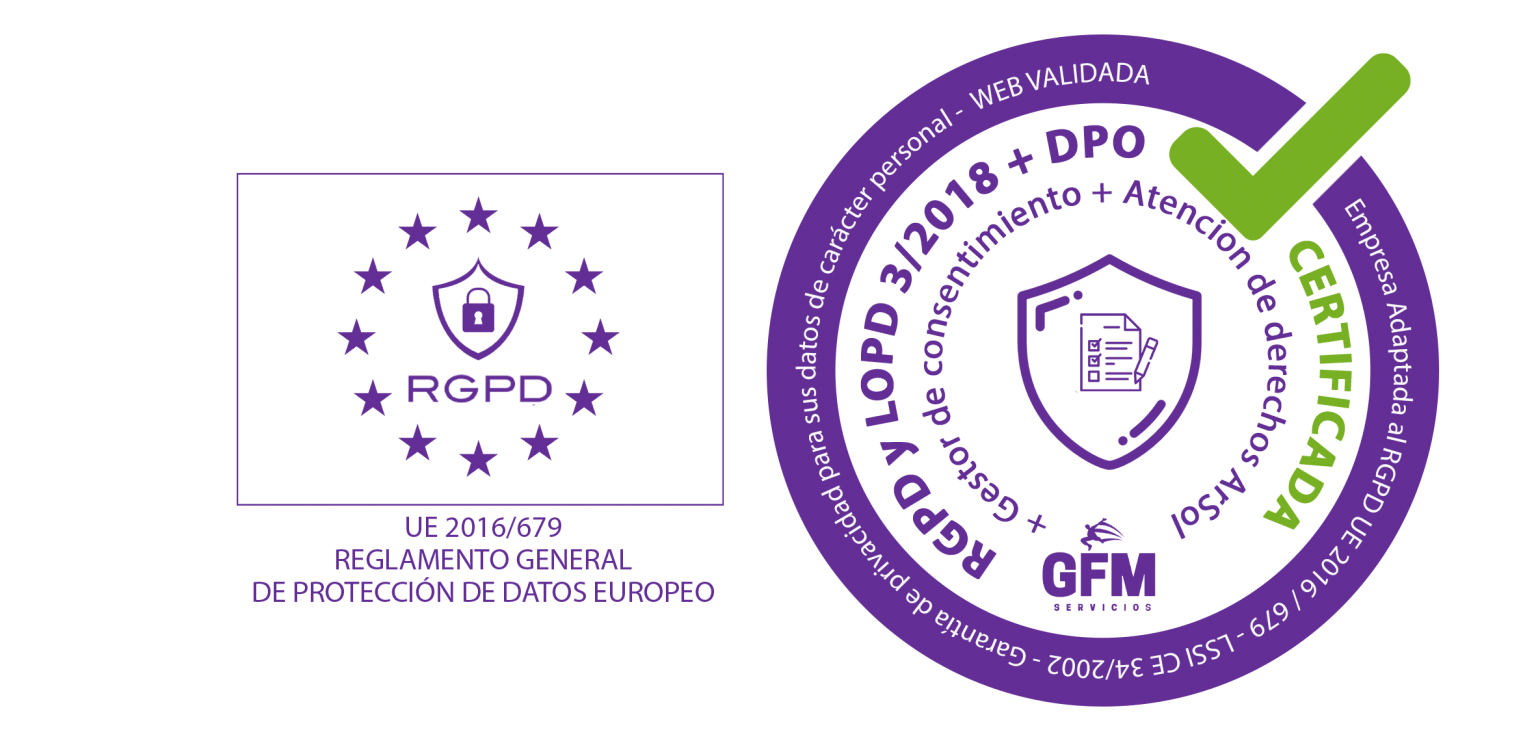Implementing effective micro-targeted content strategies requires a nuanced understanding of your niche audiences, sophisticated data collection techniques, and an agile approach to content personalization. This comprehensive guide dissects each critical component, providing actionable methods and expert insights to elevate your micro-targeting efforts beyond basic segmentation. We will explore advanced tactics, real-world examples, and troubleshooting tips, ensuring you can craft hyper-relevant content that drives engagement, loyalty, and conversions.
1. Identifying and Segmenting Your Micro-Niche Audiences
a) Conducting In-Depth Audience Research Using Data Analytics Tools
Effective micro-segmentation begins with granular data collection. Leverage advanced analytics tools such as Google Analytics 4 (GA4), Mixpanel, or Heap to capture detailed user behavior. Set up custom events that track specific interactions, such as article scroll depth, hover patterns, and feature usage. Use audience exploration reports to identify emerging micro-behaviors or interests.
Expert Tip: Use cohort analysis to identify patterns among small, highly engaged user groups, then cross-reference with demographic data to uncover hidden segments.
b) Step-by-Step Guide to Defining Micro-Segments Based on Behavior, Interests, and Demographics
- Collect comprehensive data across multiple touchpoints, including website, email, and social media.
- Use clustering algorithms such as K-Means or hierarchical clustering via tools like DataRobot or RapidMiner to identify natural groupings.
- Create detailed profiles that include behavioral signals (e.g., content preferences), interests (e.g., hobby tags), and demographic info (age, location, occupation).
- Prioritize segments based on engagement potential and business value, then assign meaningful names for internal reference.
- Continuously update segments with fresh data to maintain relevance and accuracy.
c) Case Study: Segmenting a Niche Fitness Community for Personalized Content Delivery
A boutique fitness platform used combined behavioral data (workout frequency, preferred times), interest tags (yoga, HIIT, pilates), and location data to segment their audience into:
- Morning Yogis: Users who prefer early morning yoga sessions, highly engaged with calming content.
- Weekend Warriors: Active on weekends, favor high-intensity workouts, respond well to challenge-based campaigns.
- Location-Specific Groups: Users clustered by city, with tailored local event promotions.
This segmentation enabled the platform to deliver hyper-relevant emails and push notifications, resulting in a 25% increase in engagement and a 15% boost in retention within three months.
2. Crafting Highly Personalized Content for Micro-Segments
a) Techniques for Developing Tailored Content Themes and Messaging
Start by mapping each micro-segment’s core motivations, pain points, and preferred content formats. Use customer journey mapping to identify critical touchpoints where personalized messages can influence decision-making. For example, for a segment interested in eco-friendly products, develop themes emphasizing sustainability, eco-credentials, and community impact.
Pro Tip: Use persona storytelling techniques to craft narratives that resonate on an emotional level, increasing relevance and engagement.
b) Using Customer Data to Create Dynamic Content Variations
Implement a Content Personalization Engine—a system that dynamically adjusts content based on user attributes in real-time. For example, using a platform like Dynamic Yield or Optimizely, set rules such as:
| User Attribute | Content Variation |
|---|---|
| Interest in Tech | Showcase latest gadgets, tech reviews, and developer tools. |
| Location: Urban | Highlight city-specific events and offers. |
This setup allows for content variations that align precisely with each user’s profile, boosting relevance and engagement.
c) Practical Example: Personalizing Blog Posts and Email Campaigns for Tech Enthusiasts
A technology blog tailored content delivery using user data: readers interested in AI received articles featuring the latest AI breakthroughs, while hardware enthusiasts got deep dives into new product reviews. Email campaigns were segmented to include:
- Personalized subject lines: “Your Weekly AI Insights”
- Content snippets dynamically inserted based on browsing history
- Call-to-actions tailored to user interests, e.g., “Explore New Laptops” or “Join AI Webinar”
This approach resulted in a 30% increase in click-through rates and a 20% uplift in conversions, demonstrating the power of data-driven personalization.
3. Leveraging Advanced Audience Targeting Technologies
a) Implementing Behavioral Tracking Pixels and Cookies for Real-Time Data Collection
Deploy robust tracking pixels such as Facebook Pixel and Google Tag Manager snippets across your digital assets. Configure them to capture granular actions like:
- Page views on specific sections
- Button clicks on call-to-action elements
- Scroll depth milestones
Set up custom variables within your pixels to segment users based on their behaviors, enabling real-time adjustments in ad delivery and content recommendations.
b) Utilizing AI and Machine Learning to Predict Niche Audience Preferences
Leverage AI platforms like Google Cloud AI, IBM Watson, or H2O.ai to analyze behavioral data and predict future preferences. Implement models such as:
- Collaborative Filtering: Recommends content based on similar users’ preferences.
- Predictive Clustering: Groups users likely to respond to specific content types.
- Preference Modeling: Continuously updates predictions based on new data inputs.
For instance, a fashion retailer used machine learning to identify micro-trends among subcultures, enabling them to push targeted collections with a 40% higher conversion rate.
c) Case Study: Using Programmatic Advertising to Reach Micro-Audiences with Precision
A niche online retailer employed programmatic ad platforms like The Trade Desk and AdRoll to target highly specific segments, such as vintage vinyl collectors in urban areas. By integrating audience data from CRM and behavioral signals, they set up:
- Geo-targeted display ads during peak listening times
- Retargeting ads for visitors who viewed specific product pages
- Lookalike audiences based on top customers’ profiles
This approach increased ad relevance, reducing wasted spend by 35% and boosting conversions by 50% within two months.
4. Designing and Testing Micro-Targeted Content Campaigns
a) Step-by-Step Workflow for Creating and Launching Micro-Targeted Campaigns
- Define your micro-segments based on data insights from previous steps.
- Develop tailored content assets—landing pages, emails, social media posts—aligned with each segment’s preferences.
- Configure targeting parameters within your ad platforms and content management system.
- Set campaign objectives: engagement, conversions, or brand awareness, with specific KPIs.
- Launch in phases to monitor initial performance and make iterative adjustments.
b) How to Set Up A/B Testing for Different Content Variations Within Niche Segments
Use robust testing frameworks such as VWO or Optimizely to compare content variations:
| Test Element | Variation |
|---|---|
| Headline | «Unlock Your Potential» vs. «Achieve More Today» |
| Call-to-Action | «Get Started» vs. «Join the Movement» |
Use statistical significance testing to determine winning variations, and implement changes accordingly.
c) Common Pitfalls in Micro-Targeted Campaigns and How to Avoid Them
- Over-segmentation: Leads to overly complex campaigns that are difficult to manage. Solution: Focus on 3-5 high-impact segments.
- Data Silos: Fragmented data sources hinder comprehensive insights. Solution: Integrate all data streams into a unified platform like Segment or Treasure Data.
- Privacy Violations: Ignoring consent can lead to legal issues. Solution: Always implement transparent opt-in mechanisms and clear privacy policies.
5. Measuring Success and Refining Micro-Targeted Strategies
a) Key Metrics for Evaluating Micro-Content Engagement and Conversion Rates
Track specific KPIs such as:
- Engagement Rate: Time spent, pages per session, interaction depth.
- Conversion Rate: Actions taken, sign-ups, purchases directly attributable to micro-targeted content.
- Retention Rate: Repeat visits or ongoing engagement within micro-segments.
- Customer Lifetime Value (CLV): Measure long-term value from targeted segments.
b) Techniques for Analyzing Audience Feedback and Behavioral Data for Continuous Improvement
Employ tools like Hotjar for heatmaps, Qualtrics for surveys, and sentiment analysis algorithms to gather qualitative feedback. Integrate this data into your analytics dashboards to identify:
- Content elements that resonate or fall flat.
- Emerging interests or concerns within segments.
- Behavioral shifts over time indicating changing preferences.
c) Practical Example: Adjusting Content Based on Niche Audience Response Data
A niche food blogger analyzed their audience feedback and discovered that gluten-free recipes were underperforming despite high interest. Using survey data and engagement metrics, they identified that many users were seeking quick, budget-friendly options. Consequently, they introduced a new micro-segment dedicated to affordable, quick gluten-free recipes, which increased engagement by 40% and subscriptions by 25% within a quarter.
6. Automating and Scaling Micro-Targeted Content Delivery
a) Using Marketing Automation Platforms for Personalized Content Workflows
Platforms like HubSpot,



